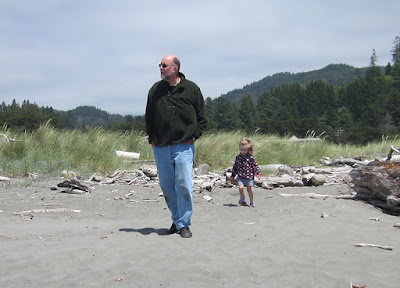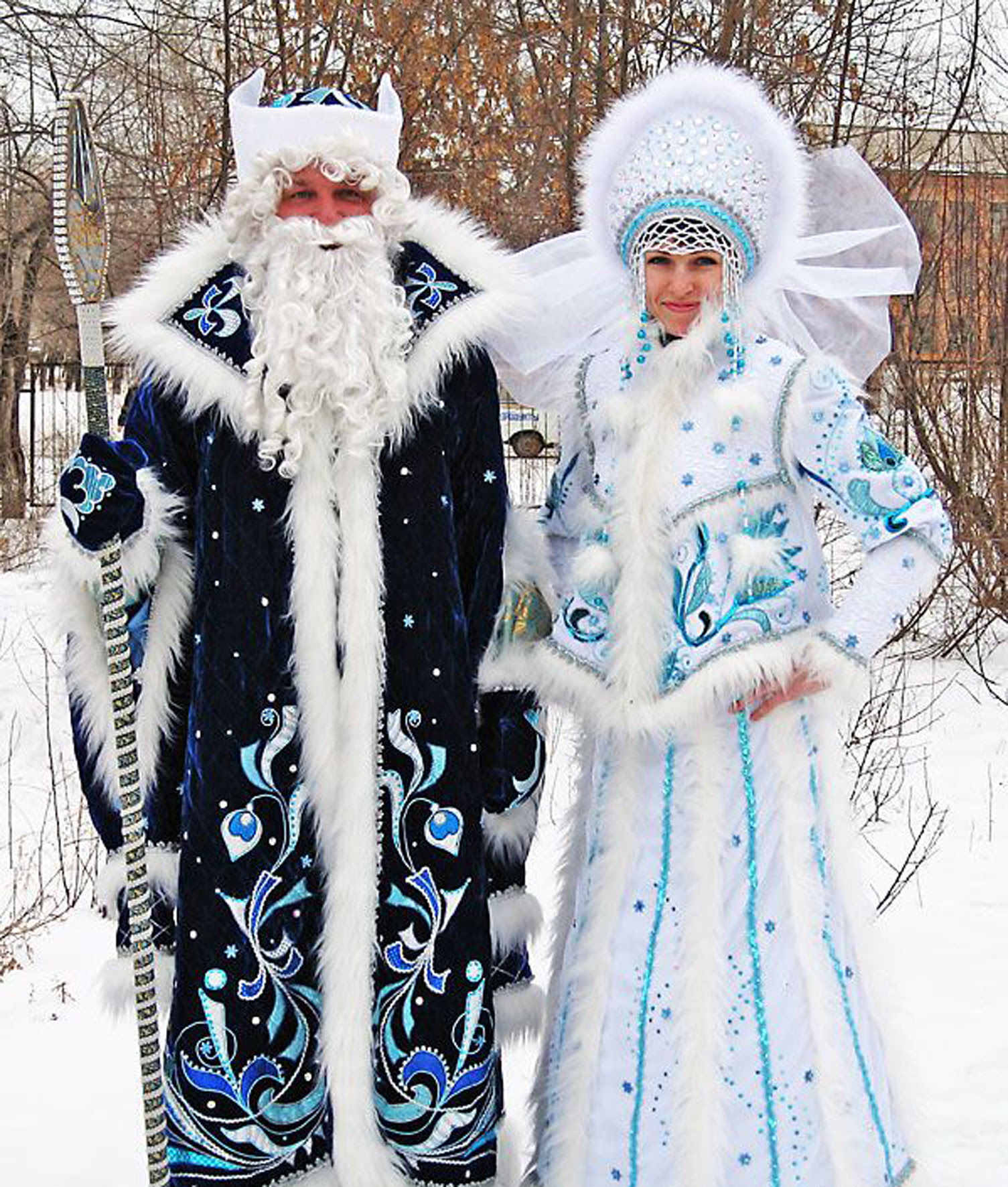Stepping
Over Epiphanies
By Michael P. Garofalo
Affecting
all the molecules in me
the pull of the moon and sea
feeling the call to walk the shore
Smiled, opened the door
Tides and time sent signals to me
to step nimbly over epiphanies
seen flipped over in the turning sands
Surprised, opened my hands
Waiting for nobody but me
a fleck of cold fire
flung out on this fleck of space
Sang out, loved this place
Shore pines paint a background scene
stubby short trees
swaying gently in the salty breeze
Unruffled, I found tranquility
Stunned by
the crisp clean colors
savoring the scents of the sea
enchanted by the incessant singing surf
Awakened, a mystical reverie
Pointing to the
ineffable realization of
insights known to me alone
Erupted up from our sensory reality
Profound, not foreknown
Such
awakenings come and go
sometimes fast or sometimes slow
unpredictable visons playing peekaboo
Pausing, not thinking too
Slogging up and down the dunes
breathing hard on que
one step up, a half-step back
Stopping, quite a view
Tip toeing over bull kelp strands
stepping on broken shells
avoiding the driftwood piles ever moving
Listening, a foghorn knells
A friendly dog off-leash comes to me
seeking a gentle pat and pet
desiring a kind human face to see
Laughing, she was wet
My granddaughter and I once walked
beside a Washington dune
not very long ago it seemed to us
Remembered, gone too soon
The poem above "Stepping Over Epiphanies," is one of dozens of my poems
found on my webpage:
At the Edges of the West
https://www.egreenway.com/mpgss/shortpoemsmpg9sea2.htm
Travels on US Highway 101 and 1
Memories of Pacific Coast Places
West Coast Snapshots & Snippets
Delightful Coastal Spur Roads
Docu-Poem, Haiku, Short Poems, Photos,
Quatrians, Graphics, Concrete Poems
By Michael P. Garofalo
Vancouver, Washington









































